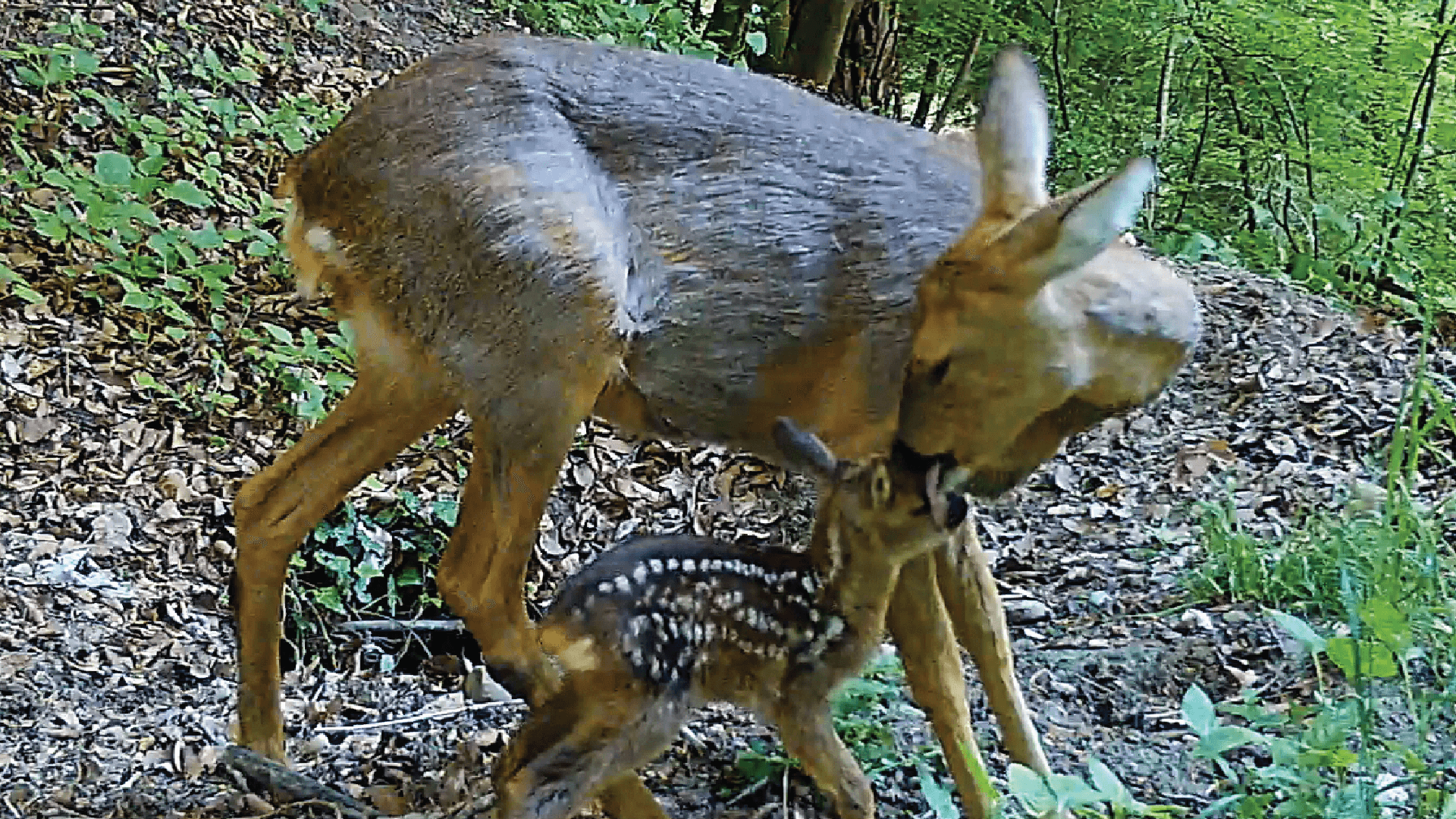The INA KESS Animal Foundation has supported Rehkitzrettung Schweiz with CHF 5'000. The goal of this donation was to finance drones for the detection of fawns in high grass as well as the education of volunteers.
background
Fawns are traditionally born in fields around mid April and stay there for the first few weeks of their life. Paradoxically, it's the time when farmers are cutting the grass with industrial machines, which puts the fawns in severe danger. Particularly, because they lie low and stay still as a defense mechanism. With the help of heat drones, the Rehkitzrettung Schweiz is detecting fawns and can save them before farmers are cutting the grass. With their initiative, they save every year the life of more than 6000 fawns.
The project
Rehkitzrettung Schweiz works in close collaboration with the regional gamekeepers. If a farmer plans to cut a field, they reach out to their gamekeepers, who then organise the drone flight. As Industrial grass cutting machines are a huge danger for fawns with the help of the drones they try to find the fawns before the farmer goes out to cut the field. When the fawns are detected, they are carefully put into wooden boxes. It is of utmost importance to not touch the fawn, as any unusual odour would make it detectable for predetors.
To find the fawns as efficient as possible the Drones have heat cameras installed and the flights are done very early in the morning, when the temperature difference between the fawn and the soil is still very high.
After the field is cut and the situation is safe, the fawn is released to be reunited with its mother.
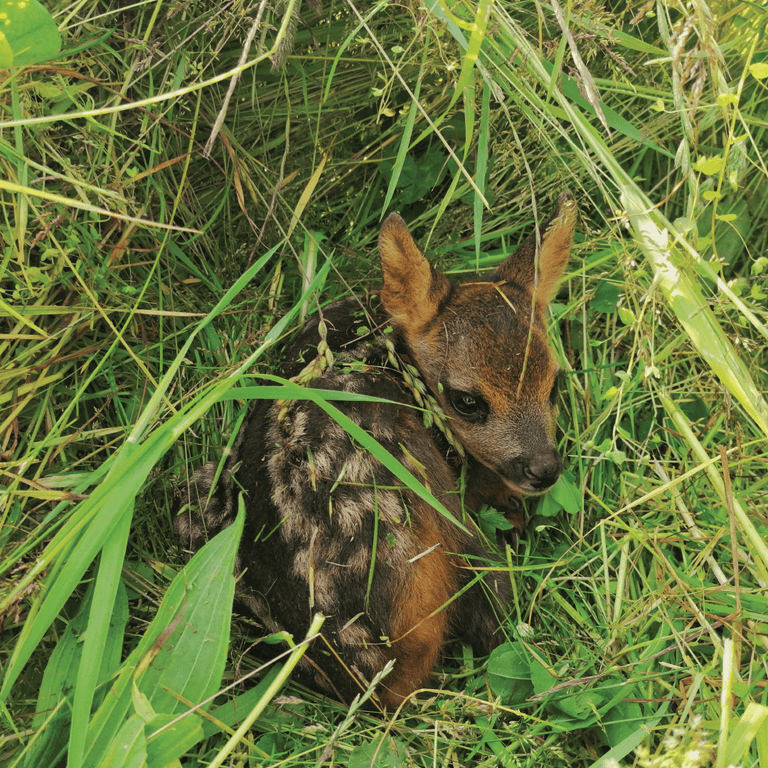
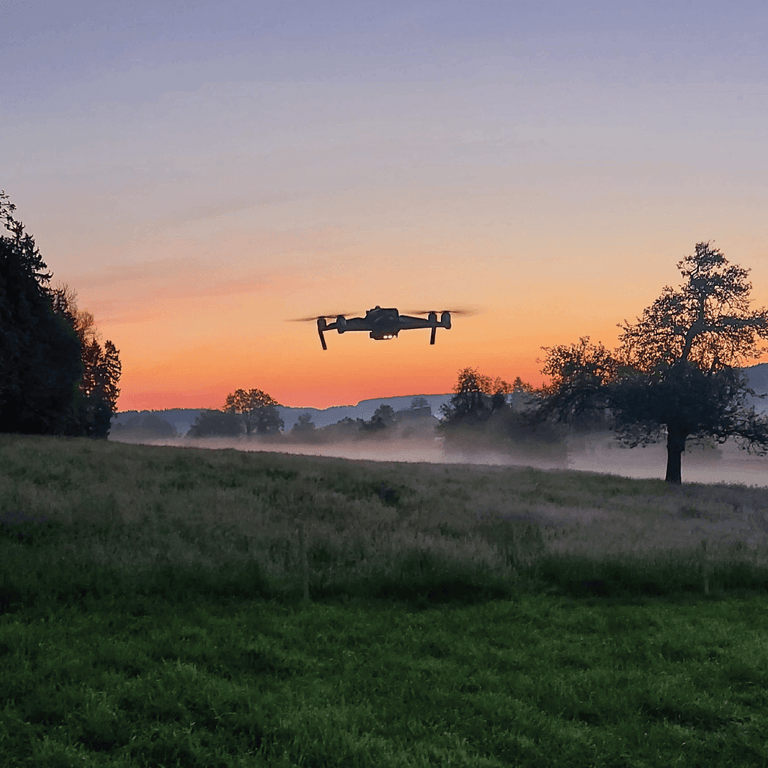
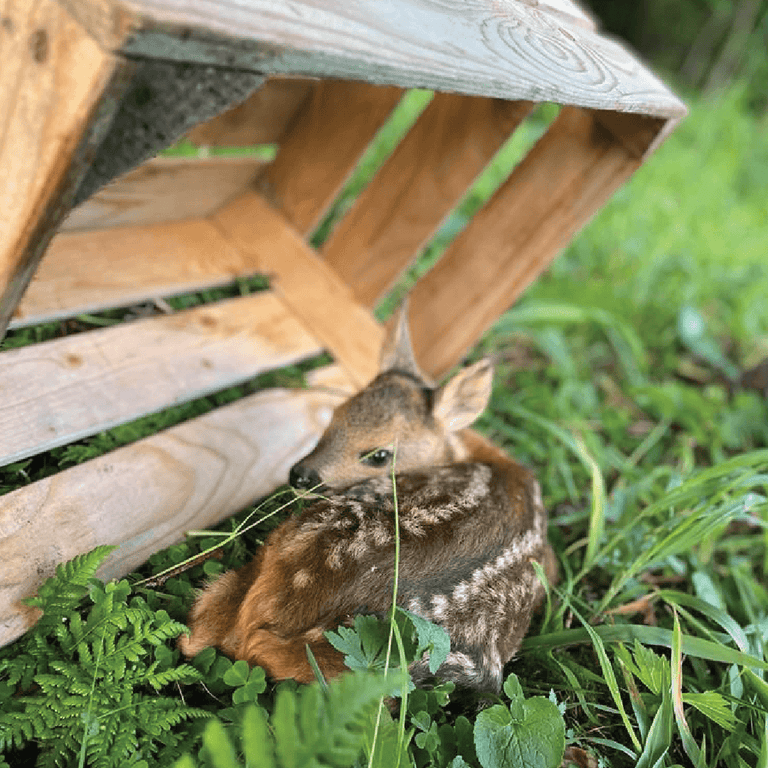
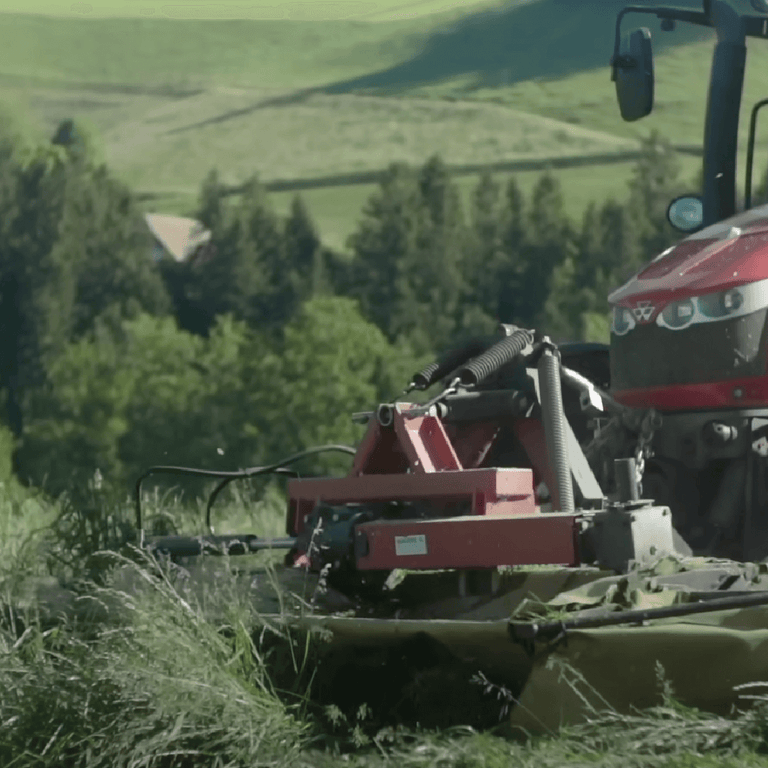
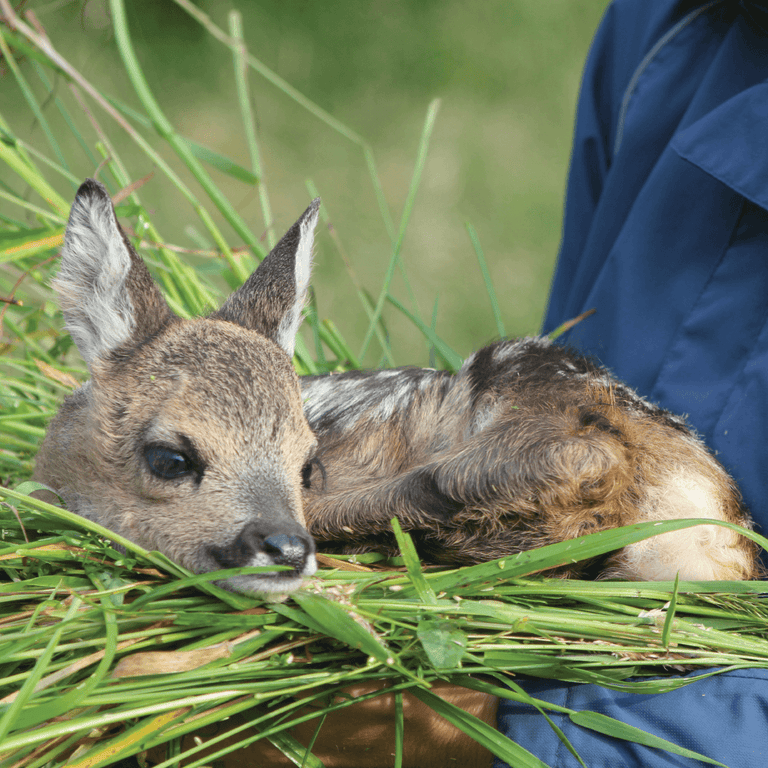
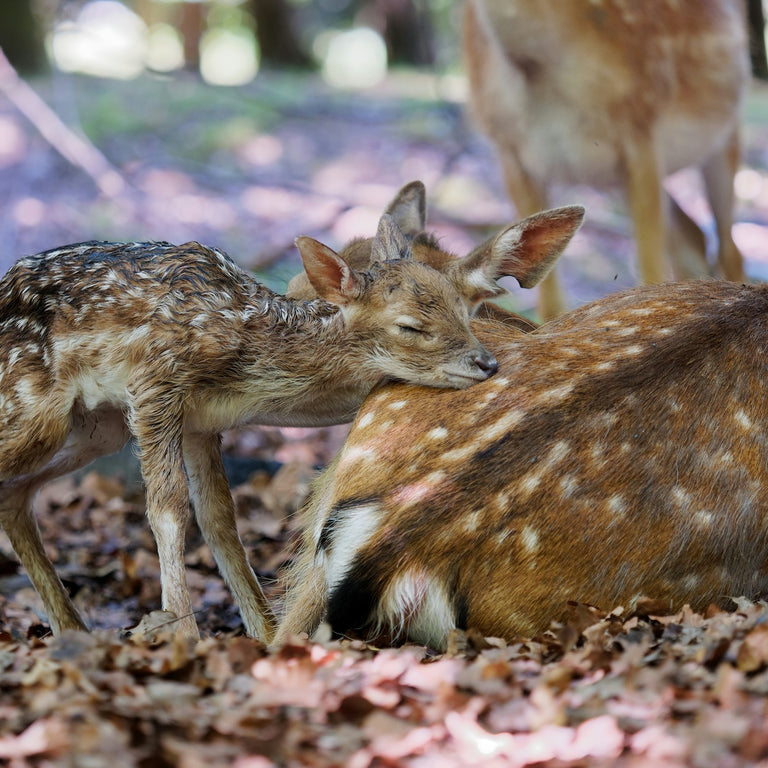
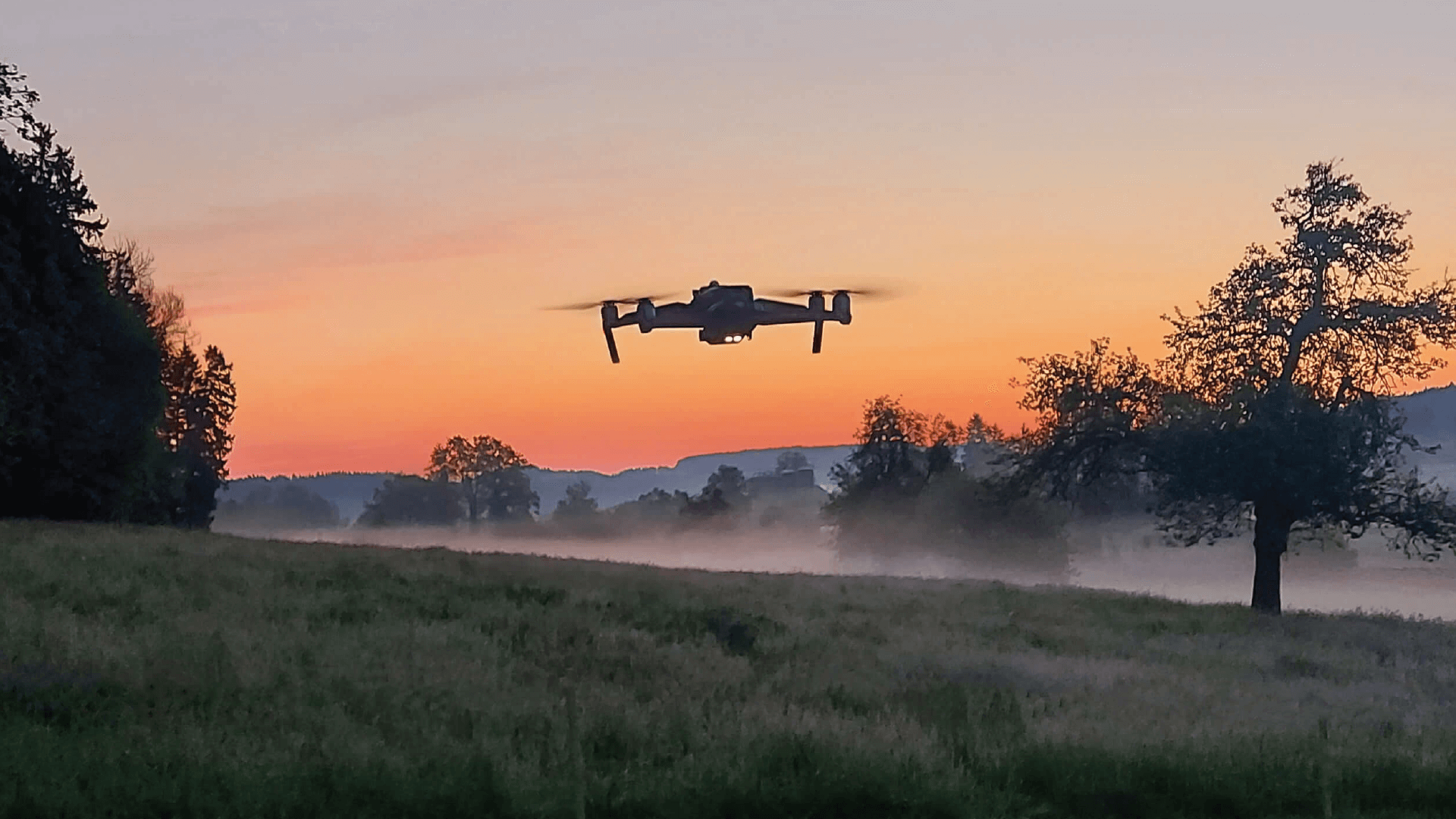
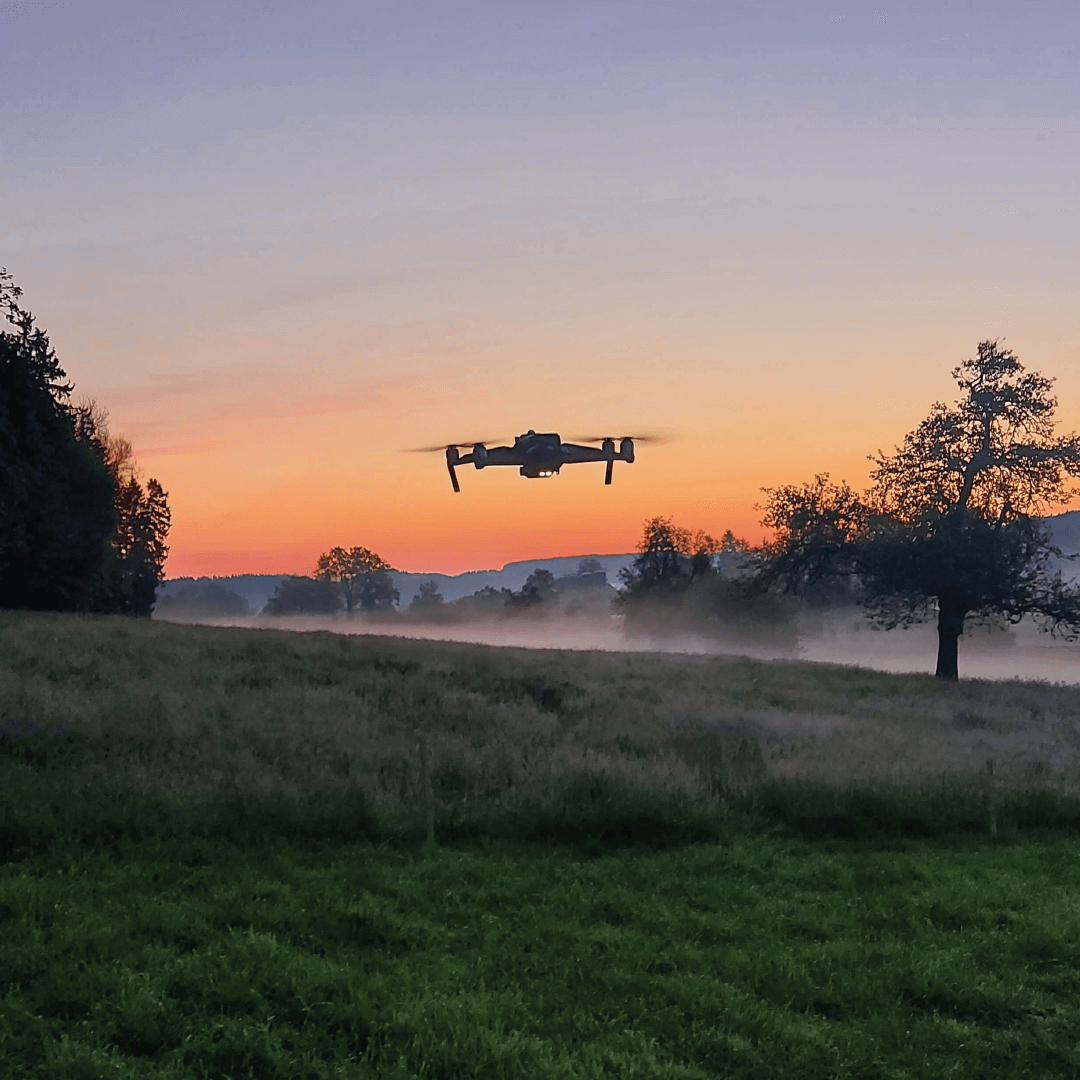
The project
Rehkitzrettung Schweiz works in close collaboration with the regional gamekeepers. If a farmer plans to cut a field, they reach out to their gamekeepers, who then organise the drone flight. Drones work with heat cameras and the flights need to be done very early in the morning, when the temperature difference between the fawn and the soil is still very high.
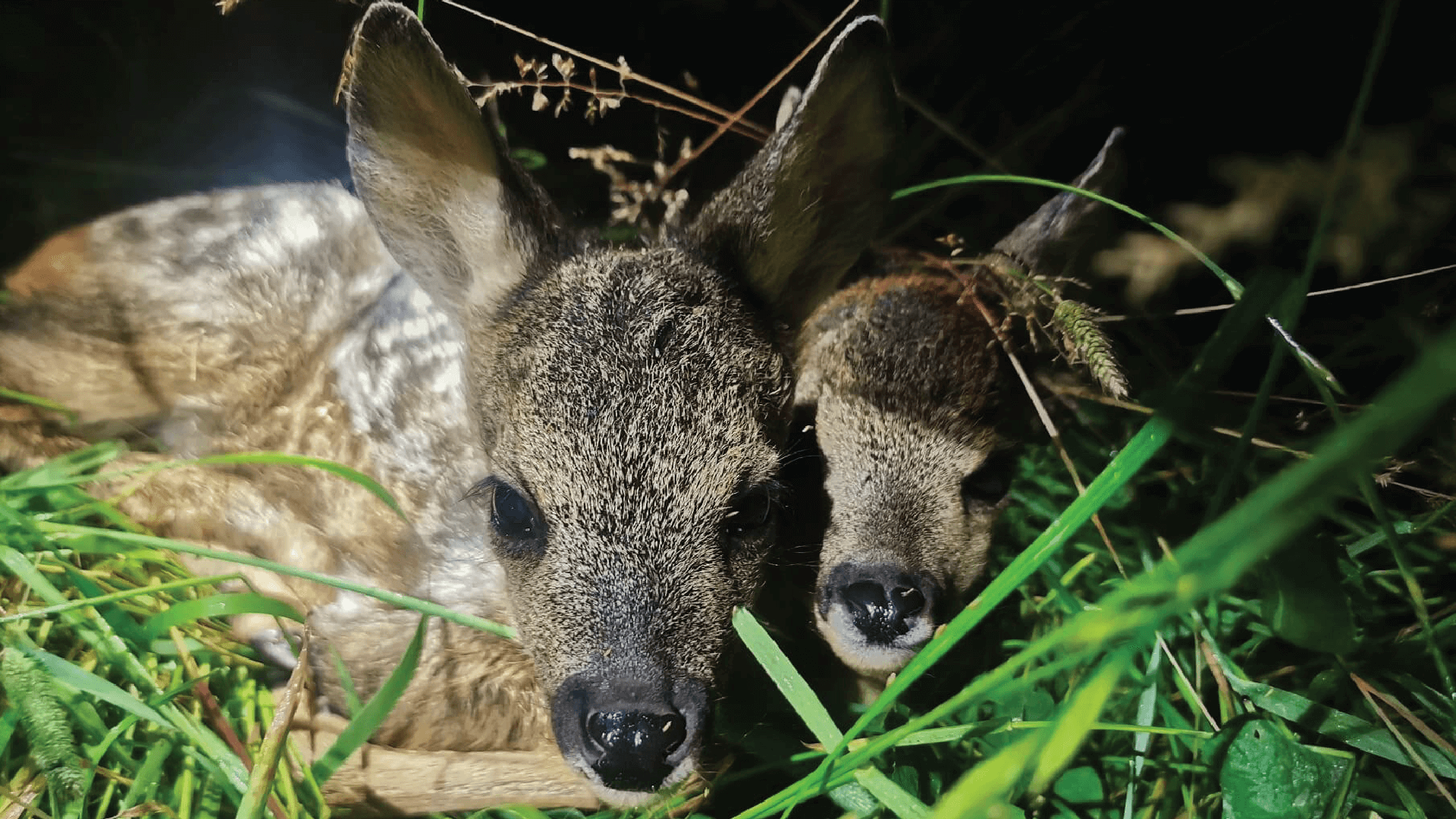
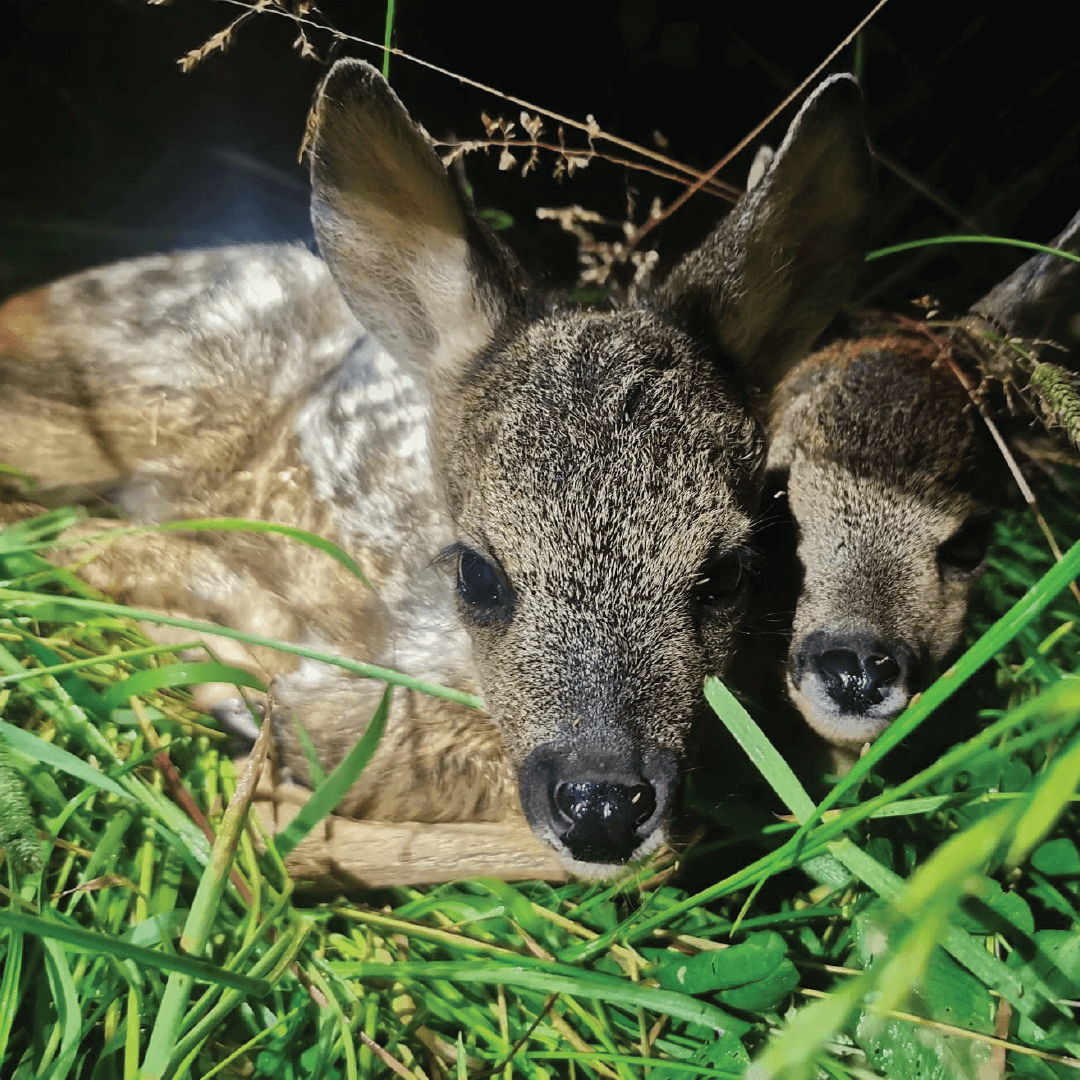
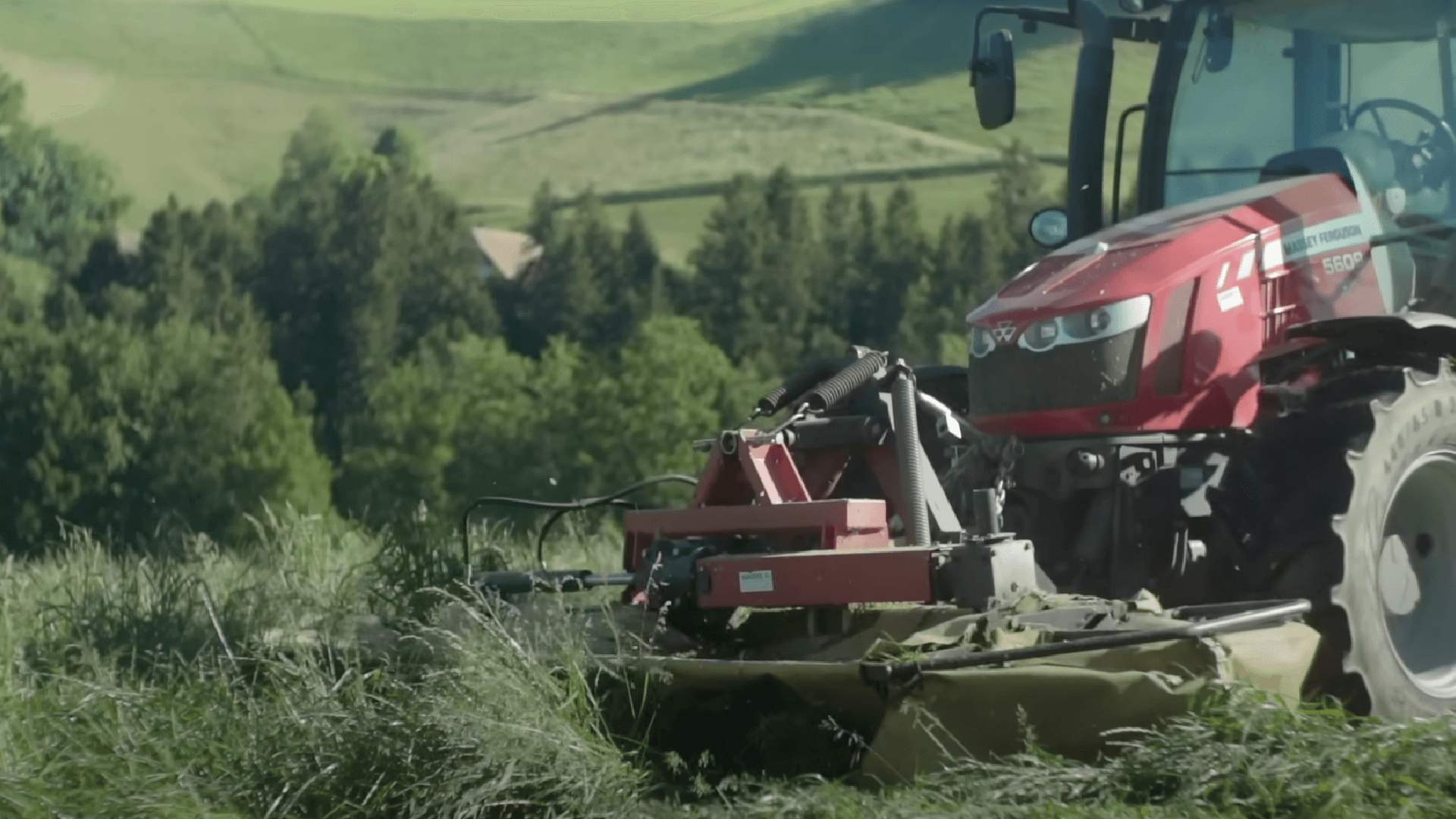

Industrial grass cutting machines put are a huge danger for fawns.
When the fawns are detected, they are carefully put into wooden boxes. It is of utmost importance to not touch the fawn, as any unusual odour would make it detectable for predetors.


After the field is cut and the situation is safe, the fawn is released to be reunited with its mother.
